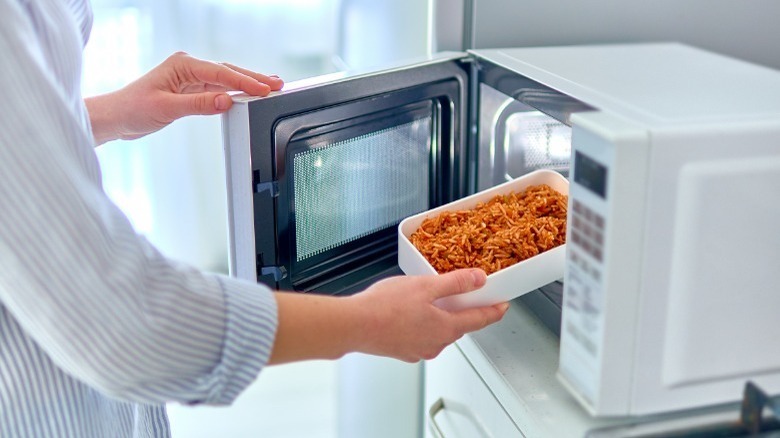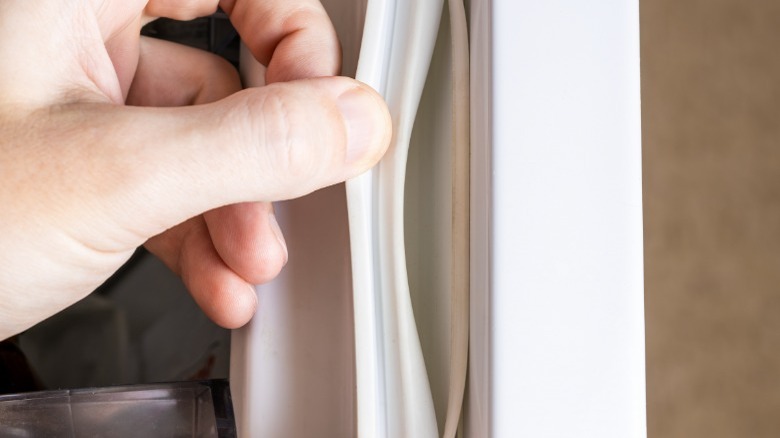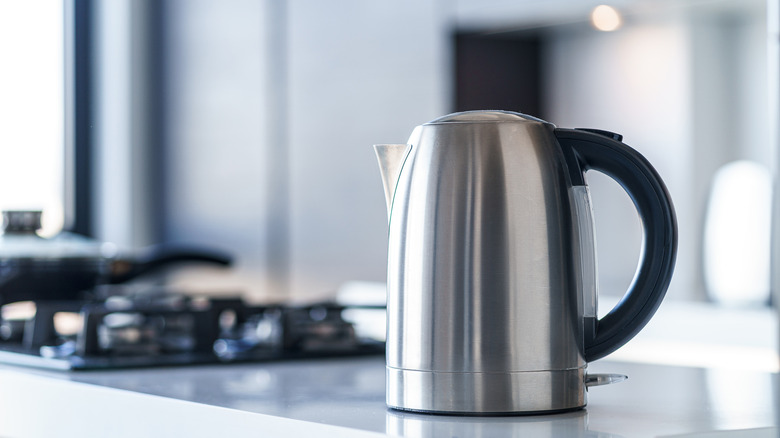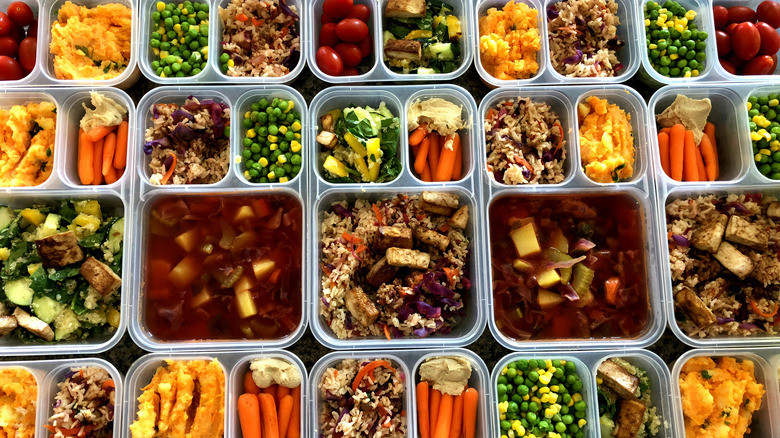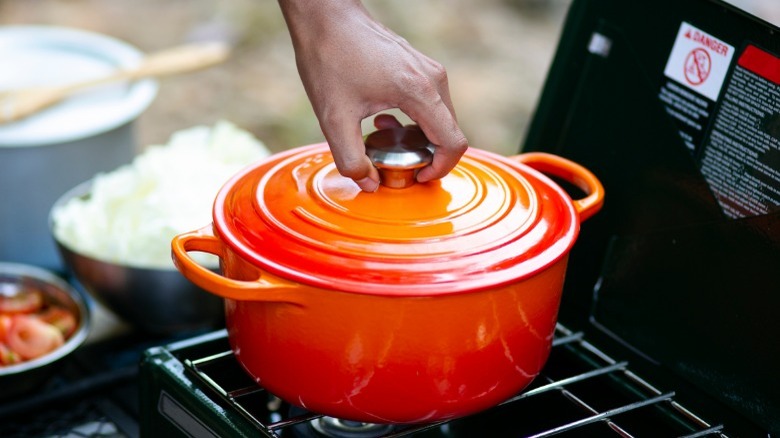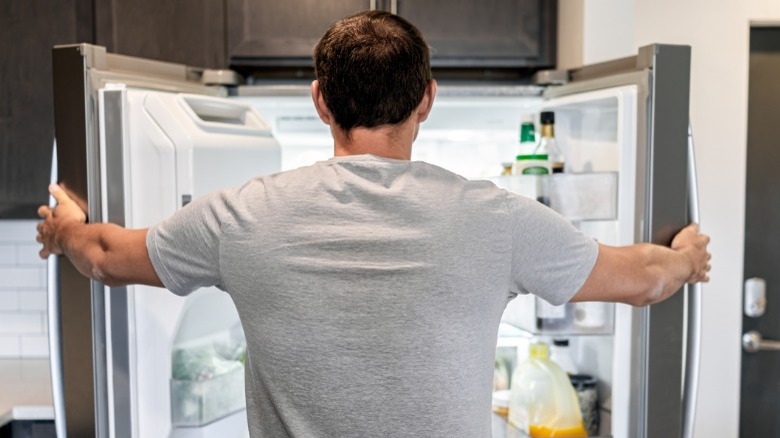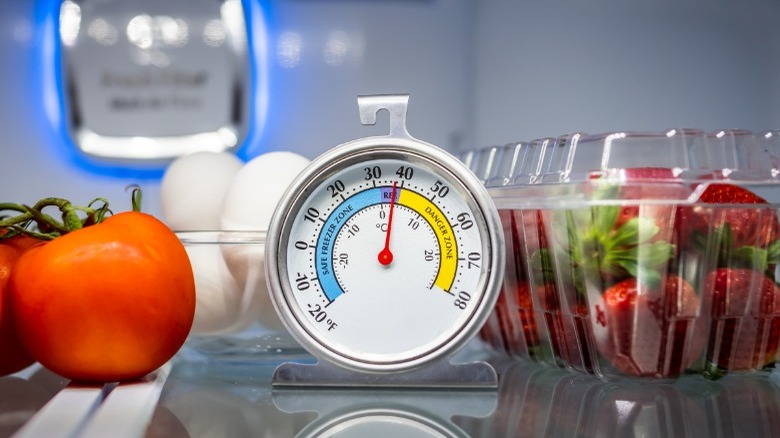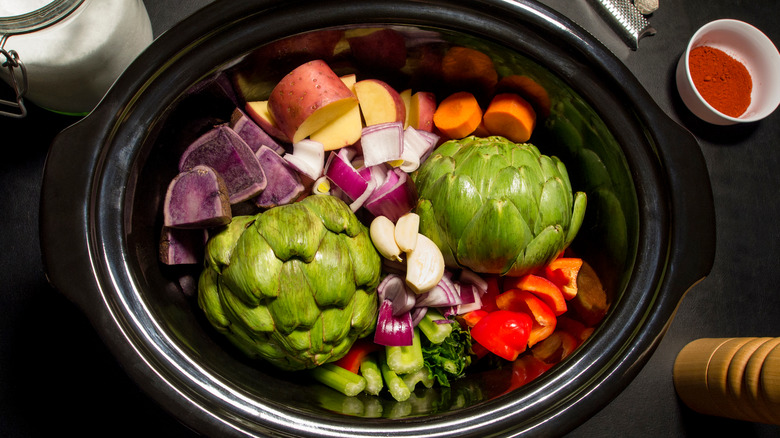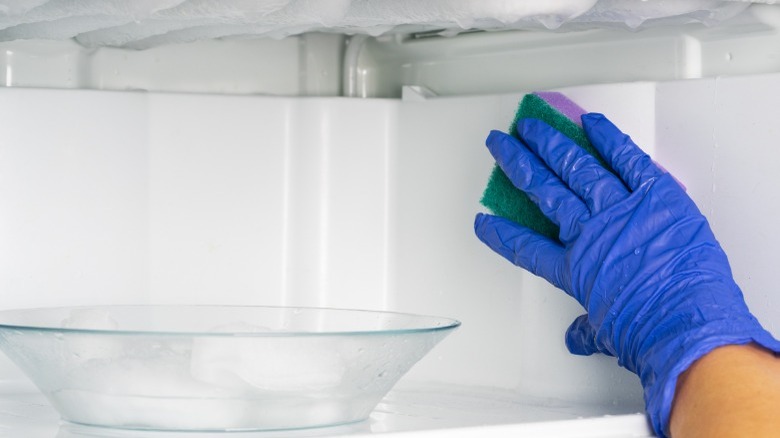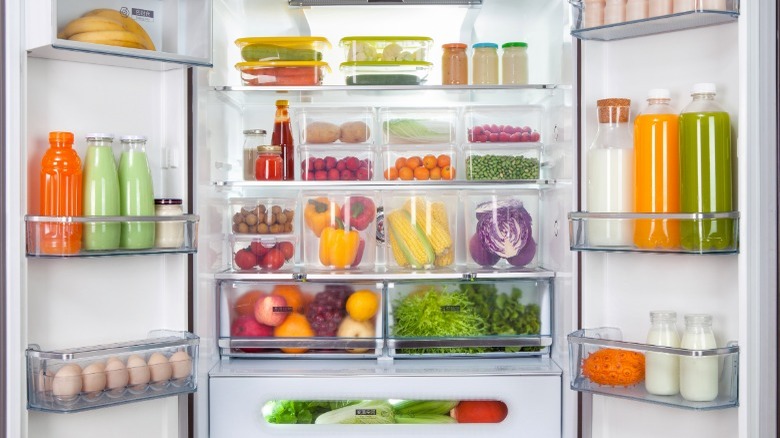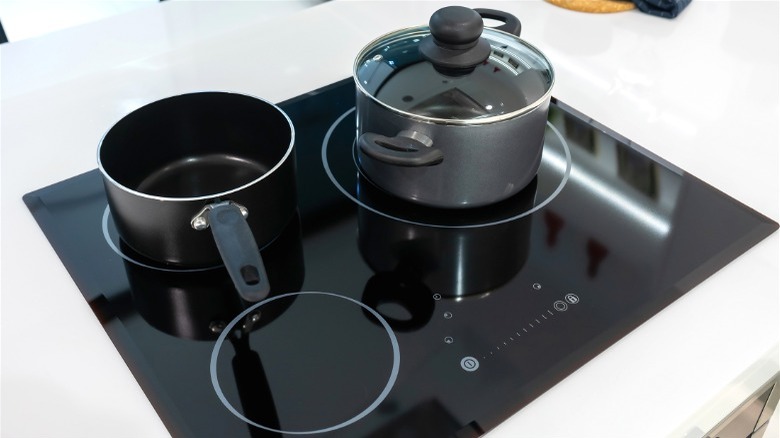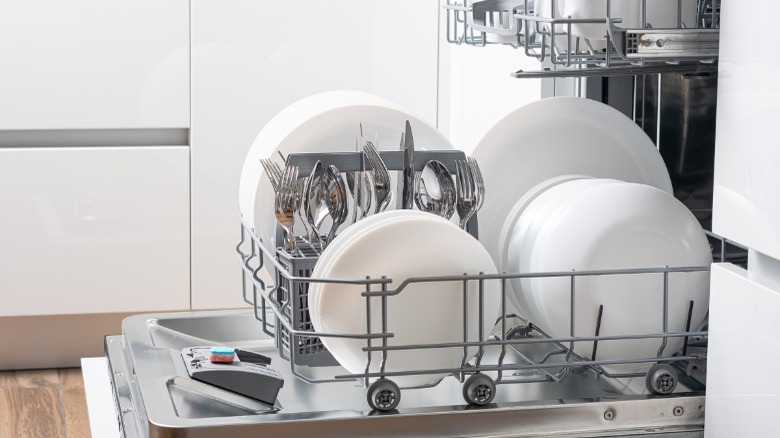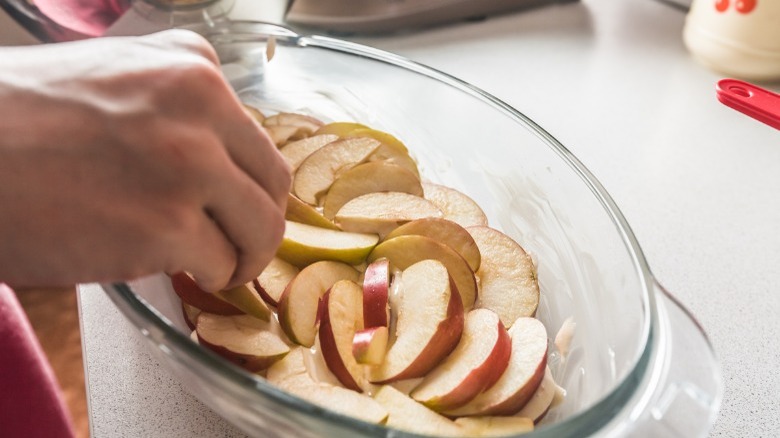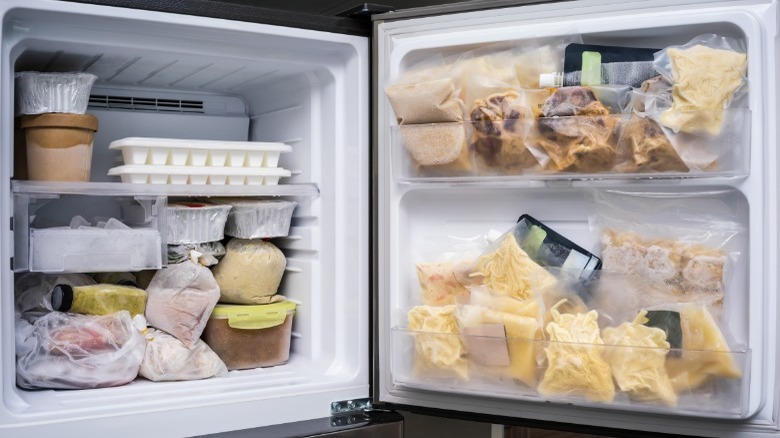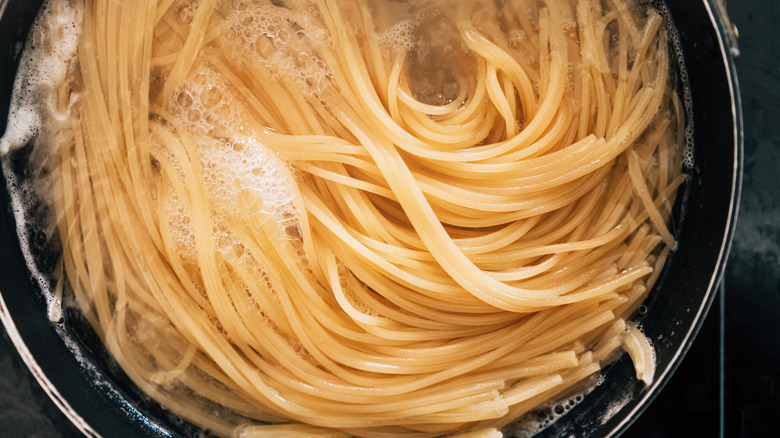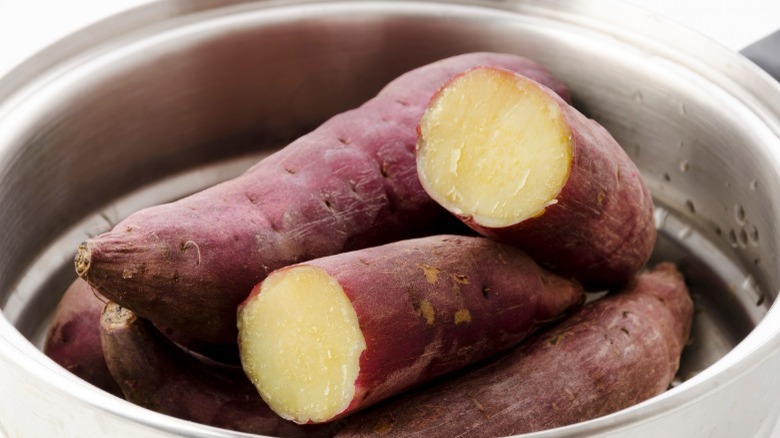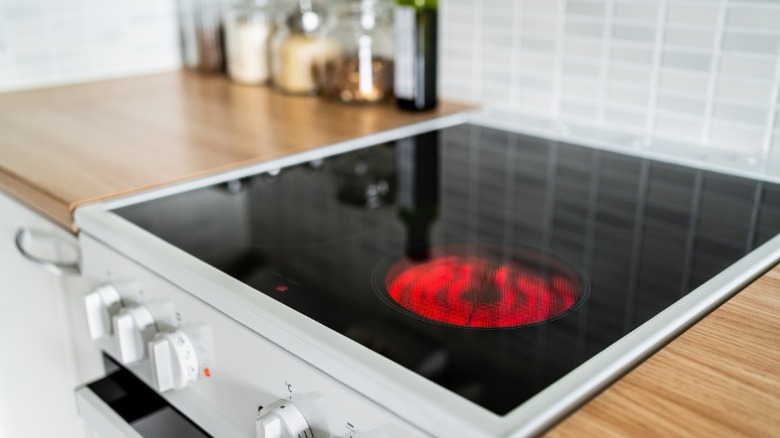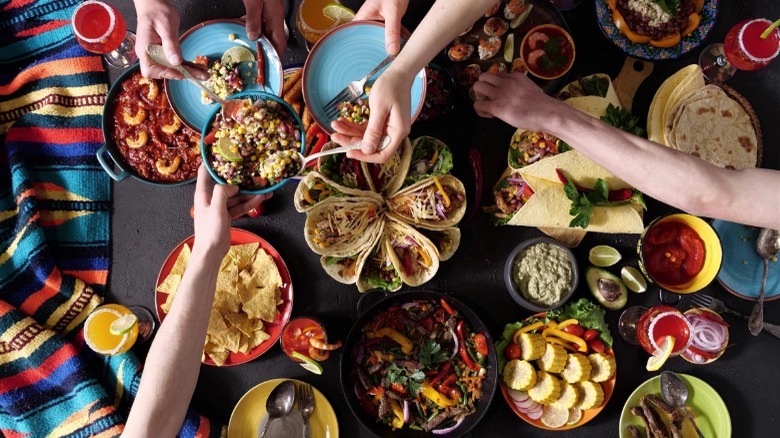20 Energy-Saving Kitchen Tips
With the rising cost of energy and increasing concern about the environmental impact of our daily activities, it's more important than ever to be mindful of the way we use resources in our homes. The kitchen is one of the most energy-intensive areas of the home, with cooking, cleaning, and food storage all massively contributing to our energy bills. Fortunately, there are many simple and effective ways to save energy in the kitchen without sacrificing convenience or quality.
If you're looking for ways to reduce your energy consumption and lower your bills, look no further than our energy-saving kitchen tips. From the knowledgeable choice of cookware and appliances to mastering passive cooking, there are plenty of strategies you can implement to be more efficient in the kitchen. We'll also discuss the benefits of cooking and eating together, as well as the importance of proper appliance maintenance and loading techniques. Whether you're concerned about cutting costs or lowering your carbon footprint, these tips will help you make your kitchen more eco- and budget-friendly.
Microwave small amounts of food
If you're looking for a quick and energy-efficient way to reheat small meals, look no further than your trusty microwave. Using a microwave to cook and heat up small amounts of food can save up to 80% energy compared to using a burner. This is because stovetops take longer to heat up and require more energy to maintain a consistent temperature, only 12-14% of which goes directly into the food. In contrast, microwaves use electromagnetic waves to heat water in the food (as opposed to the air around it), which is more efficient. Plus, some of the best countertop microwaves today have power-saving modes to further reduce energy usage. So, the next time you reheat leftovers, consider using your microwave.
Pay attention to energy labels
Taking note of energy labels can help reduce your energy consumption and save money. The U.S. Department of Energy recommends looking for Energy Star-labeled appliances, which means they meet strict energy efficiency guidelines. Additionally, the yellow EnergyGuide label provides estimates of how much energy an appliance uses and what its operating costs are, as well as a comparison to similar models. When comparing appliances, look for the one with the lowest estimated annual operating cost to save money on your utility bills. Additionally, there are online tools to help you do the math, such as the Energy Saver's electronic energy use calculator. By being mindful of energy labels, you can make informed choices, reduce your energy consumption, and save money.
Make sure the fridge door seal is intact
The fridge is one of the biggest energy consumers in a home, and it requires proper maintenance to not further increase its energy use. A damaged or faulty gasket can make it work harder and use more energy than necessary. Its purpose is to create an airtight seal between the fridge and the outside environment. Over time, the seal can wear out, leading to energy loss. To test if the seal is intact, close the door on a piece of paper and try to pull it out. If it comes out easily, it's time to replace the gasket. An intact door seal can help your fridge run more efficiently and save you money in the long run.
Use a kettle to boil water — and be precise
Boiling water is a common step in many cooking processes, and using an electric kettle to boil water is a more energy-efficient way to do that. Kettles are designed to heat water quickly, and their water-heating efficiency is generally around 80%, whereas electric and gas stovetops are 70%, and microwaves are only 50% efficient. Additionally, kettles have an automatic shut-off feature that turns off the heating element once the water reaches boiling point, saving even more energy. However, using the right amount of water is essential, as boiling too much can waste energy and increase your utility bill. So be mindful and only heat up the amount of water that you need for your recipe.
Master meal prep and big batch cooking
Adopting the practice of meal prep and batch cooking (essentially, cooking more food less often) will save you time, money, and energy. When using the oven, try to cook multiple dishes simultaneously to make the most of the energy required to run it. Additionally, you can use steam for cooking multiple items, such as steaming vegetables over a pot of boiling pasta. Microwave-safe meal prep containers are also a great option for storing and reheating food, as they stack up nicely, and microwaving them requires less energy than a stove or oven. Finally, meal prepping also allows you to use fewer dishes overall, which means you can cut back on dishwasher loads, reducing both water and energy bills.
Always cover pots and pans if the recipe allows it
Another simple trick to save energy during cooking is to keep the lid on whenever the recipe allows it. This helps to retain heat and moisture, which can reduce cooking time and save energy. For steaming, braising, and boiling, covering the pot or pan can help to trap the steam and heat, which can cook your food faster and more efficiently. Additionally, covering your pots and pans can also help to prevent the loss of nutrients and flavors, enhancing the overall eating experience. So, whether you're cooking vegetables, meats, or grains, be sure to always keep the lid on for these three common cooking methods, and you'll be on your way to more energy-efficient meals.
Don't peek in the fridge and the oven too often
When it comes to saving energy in the kitchen, one simple but often overlooked tip is to avoid peeking into the fridge unnecessarily. Every time you open the fridge door, cold air escapes and is replaced by warm air from the surrounding environment. This causes the fridge to work harder to maintain the desired temperature, leading to higher energy consumption. Similarly, it's important to avoid peeking into the oven too often, as this can cause heat to escape and lead to longer cooking times and higher energy usage. So don't be careless with opening the fridge, resist the urge to peek into the oven, and you'll be on your way to more energy-efficient cooking.
Keep your fridge temperature in check
One of the mistakes everyone makes with their refrigerator is failing to maintain proper temperature, which can not only waste energy but also cause food spoilage. According to the Food and Drug Administration, the perfect temperature to set your refrigerator is 40 degrees Fahrenheit to ensure safety and freshness. Setting the temperature within the 35-38 degree range can also help prevent food waste, as it slows down bacterial growth and keeps perishable items fresh for longer. Finally, doing so can also save energy, as the fridge will not need to work as hard to maintain a consistent temperature. By making this simple adjustment, you'll create a win-win situation for both your wallet and the environment, saving money and food.
Slow cook your way out of high energy bills
Unlike traditional cooking methods that require constant attention and high heat, slow cookers use low and steady heat over an extended period of time, making them incredibly energy-efficient. In fact, slow cookers use about as much energy as a traditional light bulb, which is significantly less than using the oven or stove for hours on end. From stews and soups to pastries and casseroles, slow cookers are versatile appliances that can be used for most of your day-to-day cooking repertoire. So, the next time you're looking to save energy in the kitchen, consider trying some of the absolute best uses for your slow cooker. You'll be amazed at how effortless, delicious, and energy-efficient cooking can be.
Perfect your freezer maintenance skills
Proper freezer maintenance is essential for both preserving food quality and saving energy. To ensure optimal performance, it is necessary to clean the condenser coil regularly, check the thermostat (it should be set to zero degrees Fahrenheit), and inspect the door gasket for any signs of wear and tear. Overfilling your freezer can also have a negative impact. When it's packed too tightly, the door might not close all the way, and the cold air will have trouble circulating, leading to unnecessary thawing, frost buildup, and increased energy usage. However, a reasonably stocked freezer is better than an empty one, as it lets less warm air in, meaning less effort is required for the freezer to restore the desired temperature.
Ditch the oven for more energy-efficient options
When it comes to energy efficiency, ditching the oven for less demanding alternatives can help you save on your energy bill. The everpresent ovens use a considerable amount of power, anywhere between 2000-5000 watts per hour. In comparison, toaster ovens use around 1200-1800 watts per hour, and microwaves use about 700-1200 watts per hour, making them more energy-efficient. Air fryers are also a good choice for cooking, using only 1500 watts per hour on average. Finally, dehydrators, while less commonly used, are also energy-efficient, ranging between 300-1000 watts per hour. So, next time you're planning a meal, opt for one of these handy appliances instead of your oven, which will considerably lower your energy consumption and cut costs.
Load up the fridge correctly
Mastering cold storage techniques can significantly impact the energy efficiency of your fridge. Overstuffing your fridge is the possible reason food in your fridge doesn't last as long because doing so can disrupt the flow of cool air, leading to inconsistent temperatures throughout the fridge. This can cause food spoilage and potentially harmful bacteria growth. Additionally, this makes the fridge work harder and use more energy. Therefore, to maximize your refrigerator's efficiency, it's important to keep it about three-quarters full to help maintain a consistent temperature and prevent energy waste. So, make sure to load the fridge up just enough and arrange the food inside in a way that allows for proper airflow, simultaneously cutting costs and reducing food waste.
Match the pan and the burner size
An energy-efficient kitchen depends on our ability to pay attention to small details, such as making sure the pots match the size of the burners. When cooking on a gas stove, it's advised against letting the flames lick the sides of the pot — the flame diameter should match that of the pan's bottom or be smaller. Similarly, on electric stoves, using an insufficiently sized pan that is too small can cause the heat to disperse unevenly, leading to energy waste. Induction stoves are more efficient, as the heat is generated directly in the pan, and it's possible to use pots smaller than the induction hob. However, choosing the right type of pan for the induction cooktop is advised for maximum efficiency.
Rely on the dishwasher to clean, and for air to dry your dishes
If you've ever wondered whether it's more resource-efficient to wash the dishes by hand or let the dishwasher take care of them, the answer might surprise you. Dishwashers use water and electricity more efficiently, saving you up to $40 annually. However, that's only true if the machine is fully loaded. To further increase its efficiency, you should stop using the built-in drying setting. By allowing the air to dry your dishes, you will avoid putting a strain on the machine's heating and cooling elements, helping it last longer while reducing operating costs. Not only is this more energy-efficient, but it also eliminates the need for a dish towel, which can harbor bacteria.
Bake in glass or ceramic dishes
A novice cook might be unaware of why it matters whether they're using metal, glass, or ceramic bakeware. The main difference between the three lies in the time it takes them to heat up and their ability to retain temperature. Glass and ceramic dishes take longer to garner heat, but they hold onto it for longer periods, meaning your oven doesn't have to work as hard to maintain the temperature. Glass dishes also distribute heat more evenly than other materials. However, it's important to note that you should not put glass bakeware in a toaster oven as it can shatter due to the (often uneven) high heat. So be sure to always check whether your cookware suits the appliance.
Defrost in the fridge
Defrosting food is often necessary before you can start cooking, but did you know that the way you go about it matters? While using the microwave or oven to defrost food quickly may be tempting, it can also be rather wasteful, especially if we are talking small amounts. Instead, consider defrosting your food in the fridge overnight. This method is more energy-efficient than using other appliances. Additionally, it's safer compared to defrosting on the counter as it prevents the growth of bacteria that can occur when food is left out at room temperature. Finally, this way, you can capitalize on thermal inertia: frozen food in the fridge can lower its overall temperature, making it use fewer resources to keep it cold.
Adopt the habit of passive cooking
Passive cooking is a simple but effective way to save energy in the kitchen. Utilizing the initial heat created in a pot, you can continue cooking without additional power. For example, once your pasta has spent two minutes in boiling water, you can turn off the stove, cover the pot, and let the pasta sit in the hot water for a few minutes to finish cooking while you prep the sauce. However, you should remember that not all pasta cooks the same, so refer to a passive cooking timing guide when necessary. Additionally, passive cooking can reduce up to 80% of the CO₂ normally generated during the cooking process, so it's a great way to reduce your carbon footprint.
Opt for steaming instead of boiling
Steaming is an excellent energy-saving cooking method that offers several benefits compared to boiling and other techniques. One of the main advantages is that it requires less energy to heat the water to create steam than to boil water. And you don't even need much water to steam food in the first place! Additionally, steaming retains more nutrients in food because they don't leak into the often-discarded cooking liquid. It's also a healthier option as it doesn't require adding oils or fats, making it an ideal cooking method for those with dietary restrictions. Finally, steaming can also be used to reheat a wide variety of foods, such as vegetables, dumplings, and even pizza, using less energy than other methods.
Rely on residual heat to finish the job
The kitchen range might be the most commonplace yet the most "power-hungry" of kitchen appliances, but you can take advantage of that and use your oven's residual heat to save energy. To implement it, turn off the heat source a few minutes before the cooking time is complete and allow the residual heat to finish cooking. This method saves energy by minimizing the need for additional resources to keep the food warm. In addition, you can use the oven's residual heat to dry herbs and bread for croutons or breadcrumbs and slowly roast nuts, seeds, or even cherry tomatoes. Finally, drying or warming up dishes and cookware in the cooling oven is a hack you could try.
Cook and dine together
Cooking and eating together as a group or family can be a fun and energy-efficient approach to mealtime. According to the Energy Saving Trust report, the energy used in cooking for a single-person household is roughly the same as that of a 3-4 person household. Preparing meals in bulk can be more efficient, as it allows you to utilize appliances to their fullest capacity, reducing overall energy use. Additionally, cooking with others can help streamline the process and reduce the need for multiple cooking sessions throughout the day. Not only can eating together as a group or family be a great way to bond and share, but it can also cut costs and reduce the overall carbon footprint of your household.

